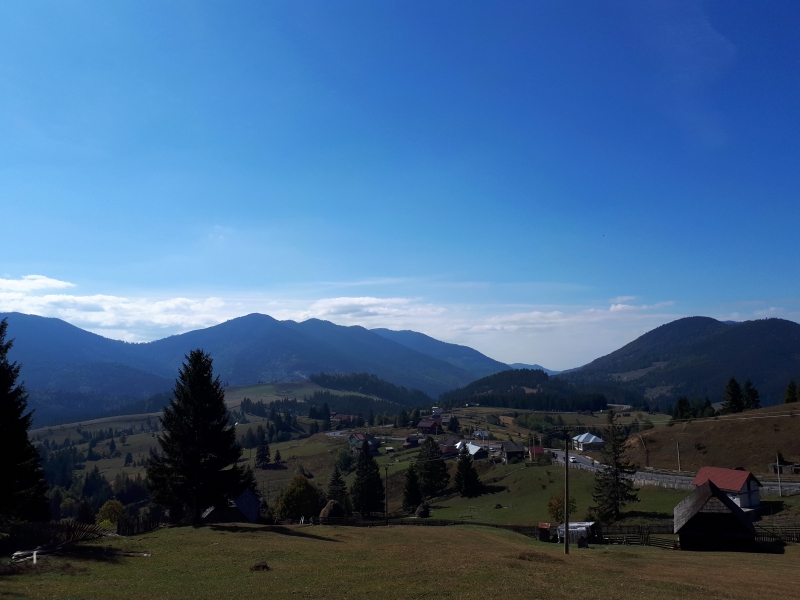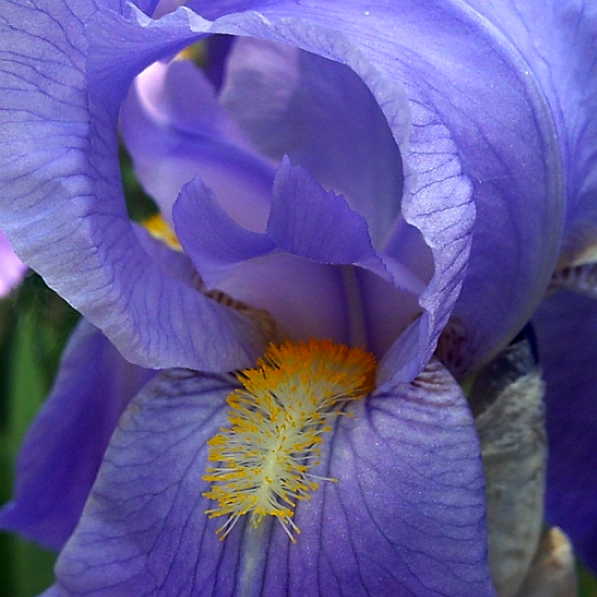Bistrița is the capital city of Bistrița-Năsăud County and an ancient city, its origins going back to neolithic times. It is also called Bistriz or Nösen in German, because it was once the center of Nösnerland – an area inhabited by Transylvanian Saxons. Like many other German towns in Transylvania, you immediately feel that distinct German flavor once you step in the Old City. The fortress isn’t well preserved compared to the one in Sibiu or Sighișoara for instance, but you still feel you’re in a German land. Here are some photos from the inner city.
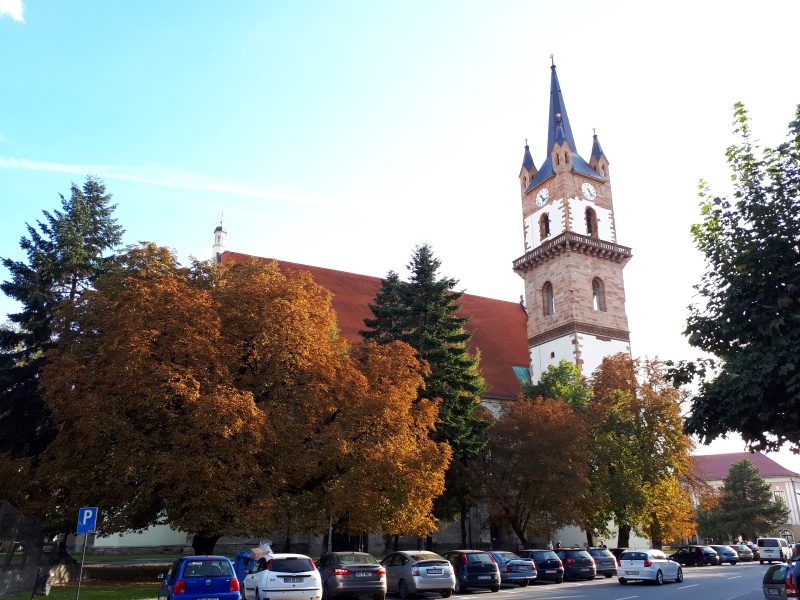
Quite logically, any visit begins in the Central Square, where lies the Evangelical Church, the main landmark of the city.
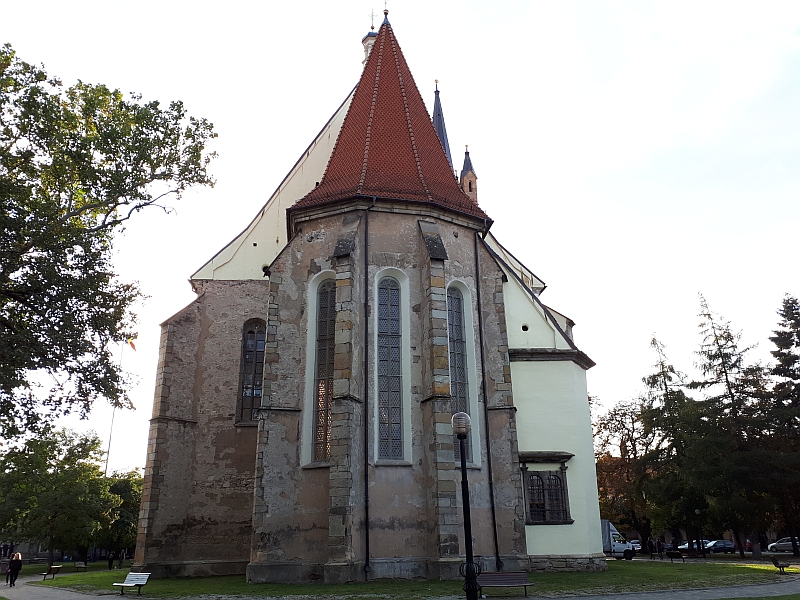
It’s a Gothic building, quite damaged by successive fires, yet sill resisting the time.
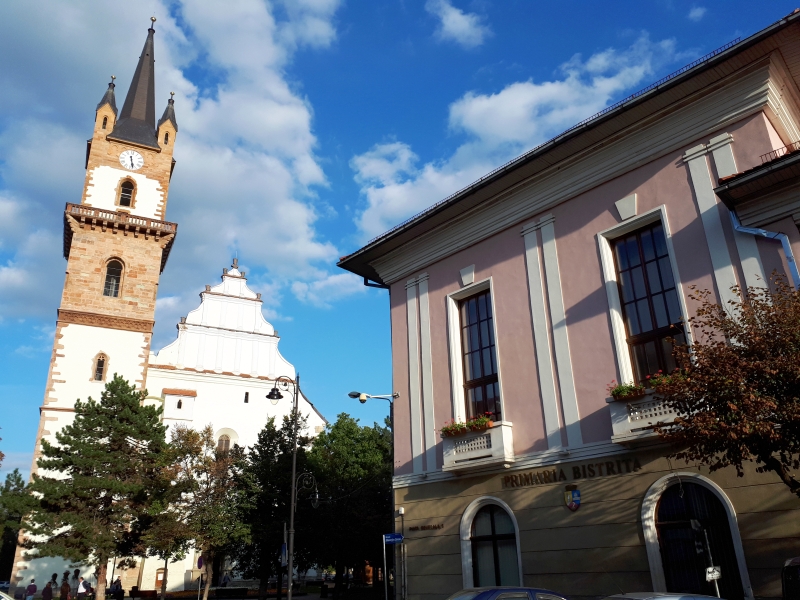
Next to the church and in the Main Square is the Town Hall.
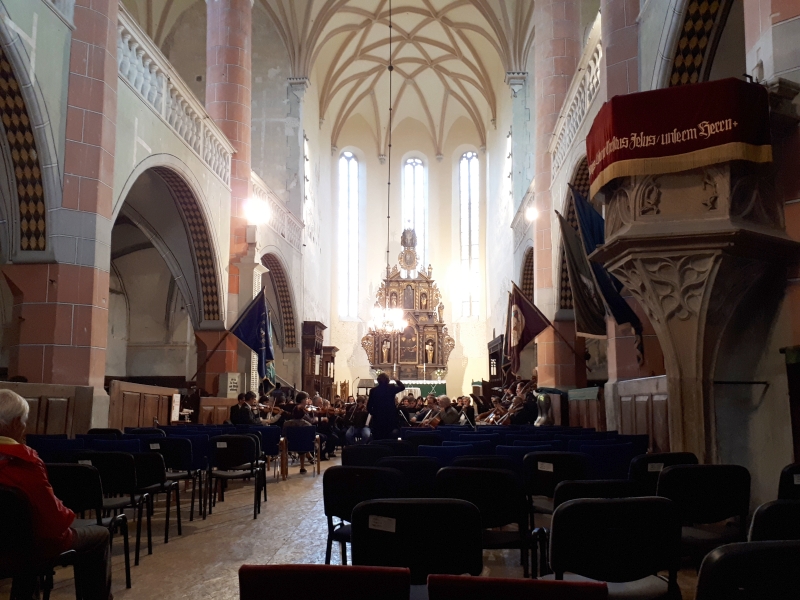
Surprisingly, I stumbled upon a session of rehearsals for a concert; it was divine. Despite being in the Eastern Europe, this oasis of German culture still fights poverty, passiveness, corruption and other hardships the history has thrown upon it.
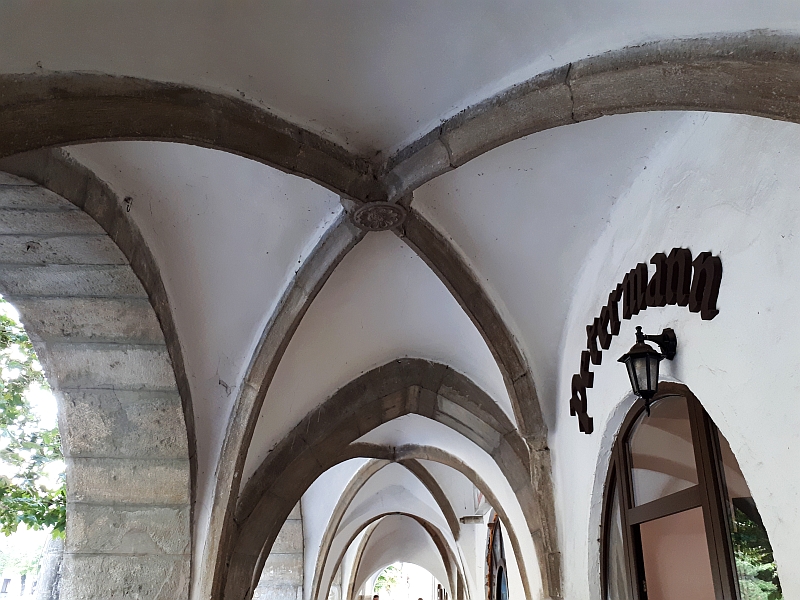
The second most important landmark in the city is the Sugalete complex, basically several arcades above a passage with many shops, for protection against sun or rain (Bistrita used to have an important Jewish community).
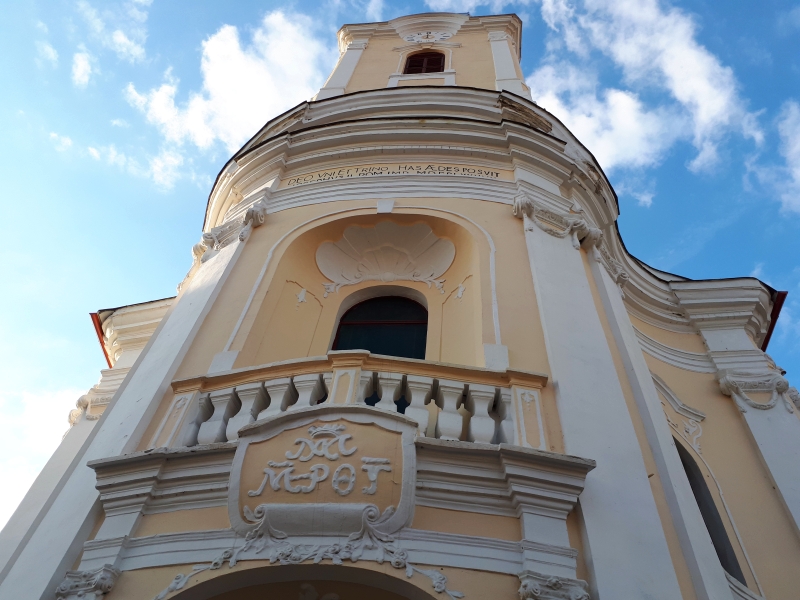
The city also has a Catholic community (mostly Hungarians). Here is the Holy Trinity Church.
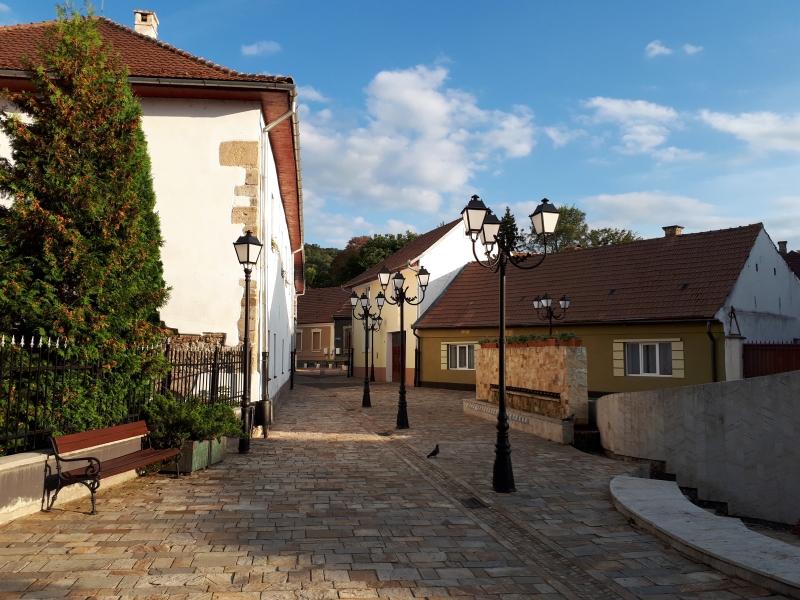
Following small streets and passages, one can easily explore the city and find hidden areas.

At some point one can encounter parts of the old wall of the fortress. Here is the Dogarilor Tower.
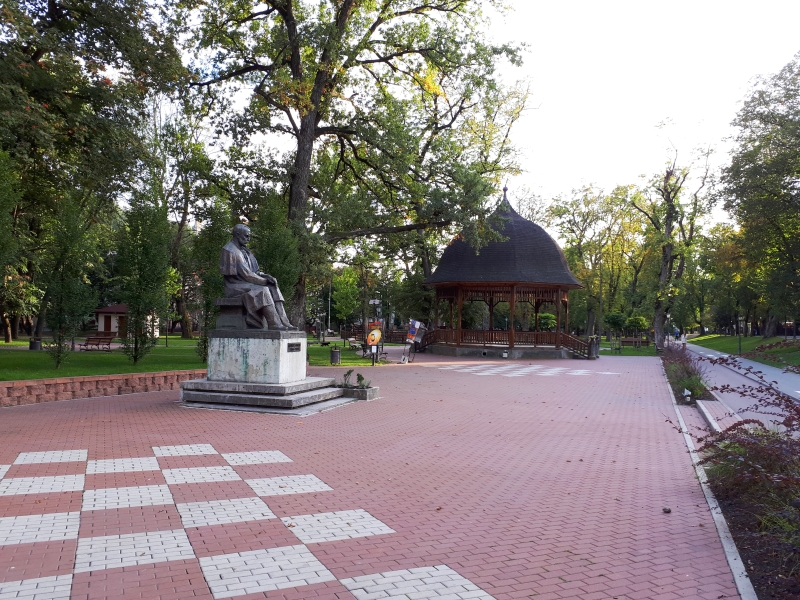
On the outer side of the wall there are the newer districts of the city and the main park. Here is the statue of George Cosbuc, an important Romanian poet who lived in the county. Other famous name often encountered is Liviu Rebreanu, the writer.
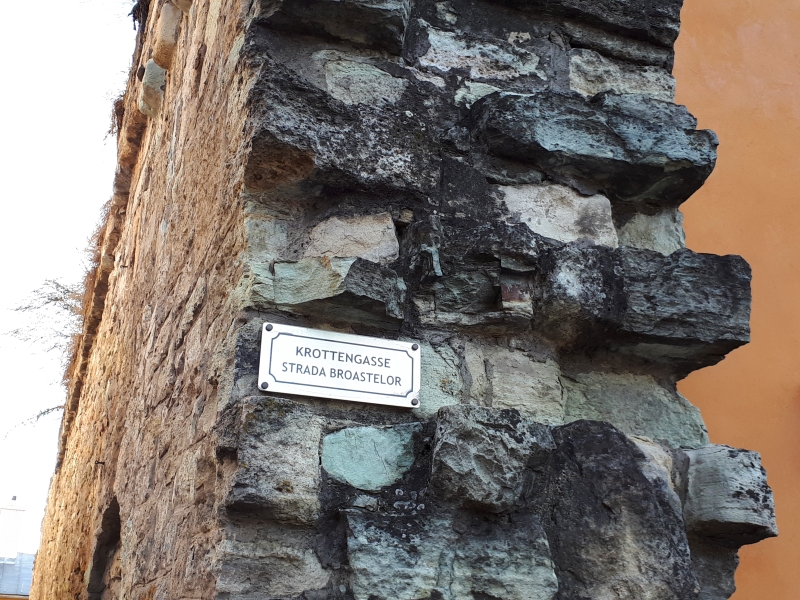
It is not uncommon that the streets have bilingual names. Here is a part of the old wall next to the Cultural Center and a sign reading “the street of the frogs”.
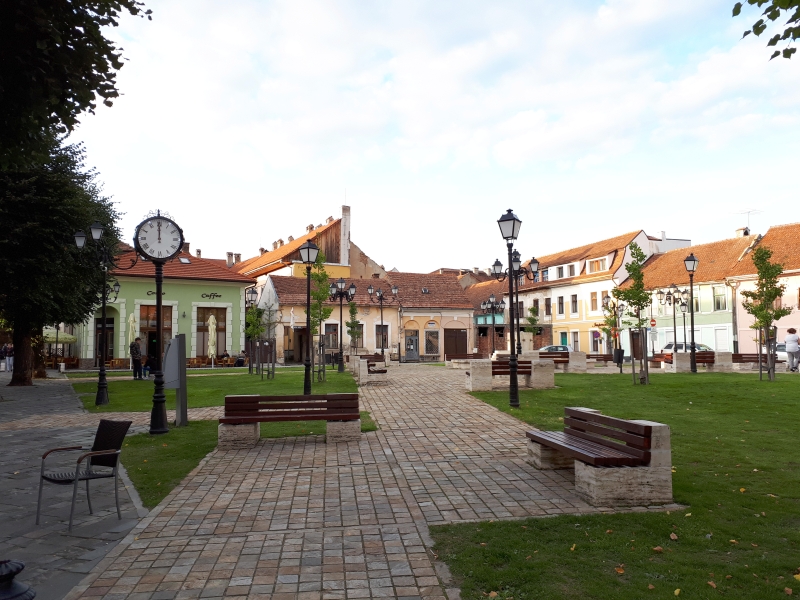
Here is the small platz, quite a beautiful and cozy place.
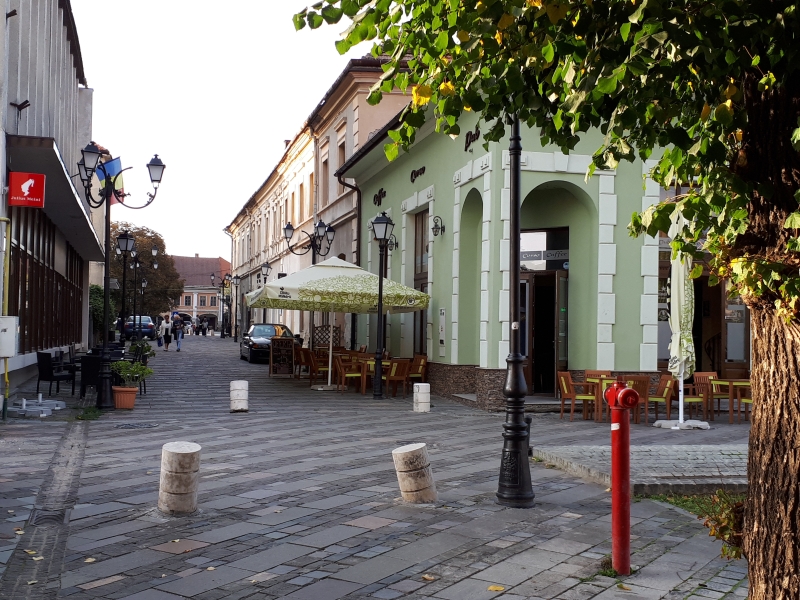
Then moving farther to the main platz.
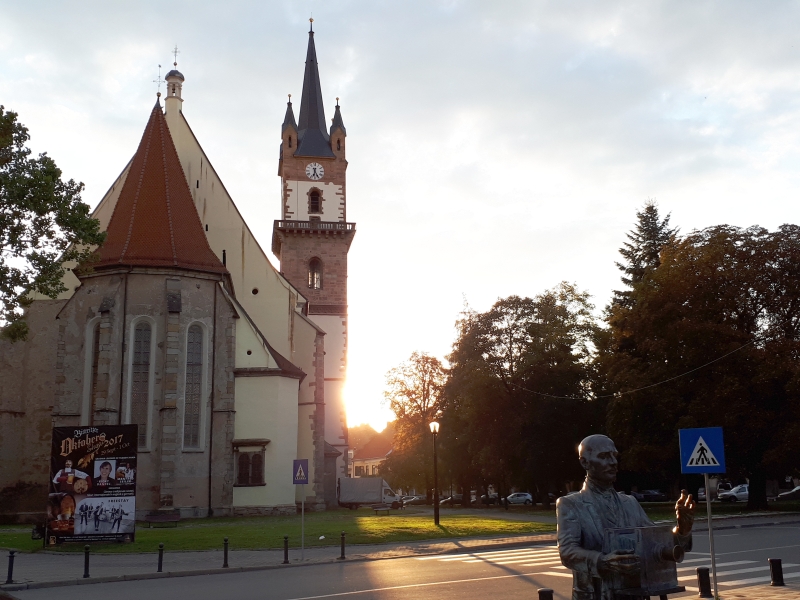
Beginning from the main square, there is the main road of the city, where the cars are not allowed. Here are some photos of the buildings on both sides. Enjoy!
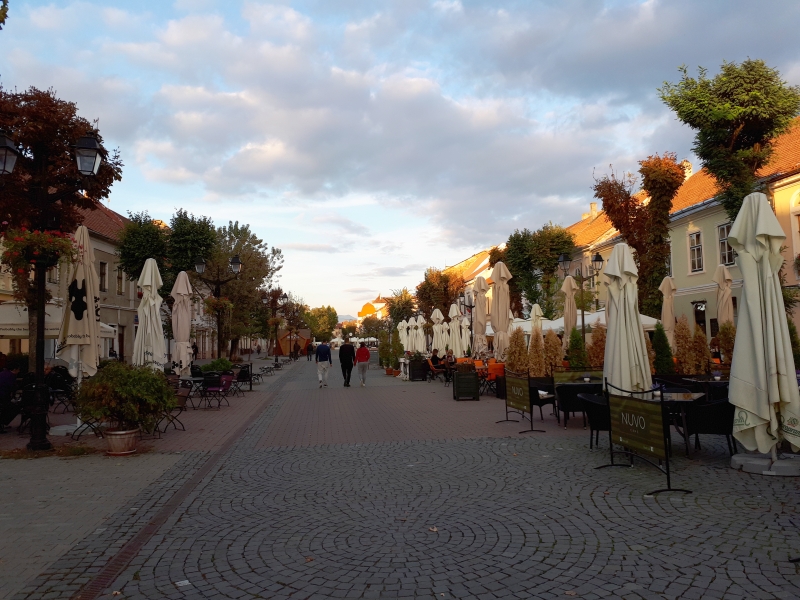
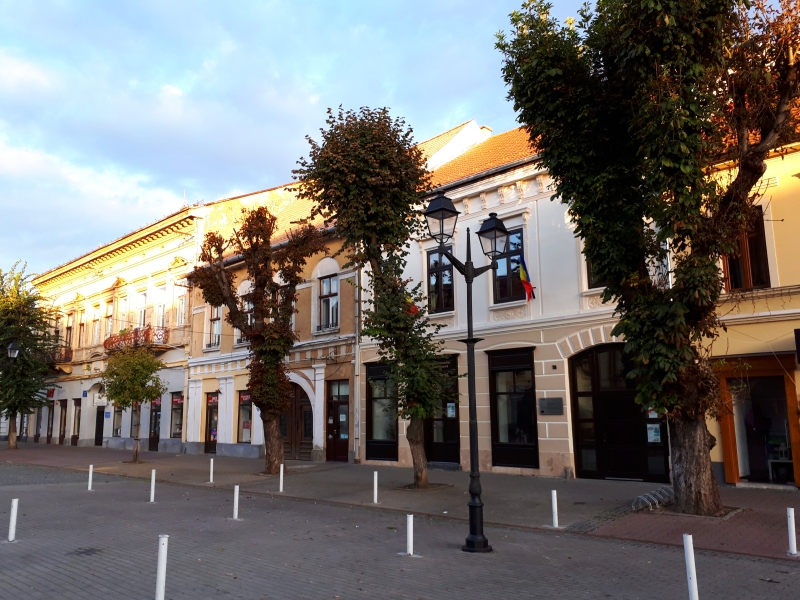
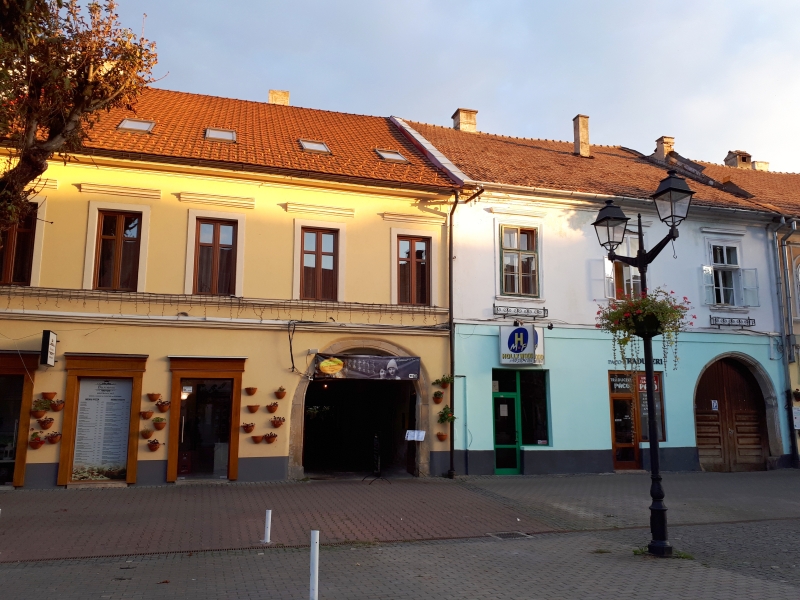
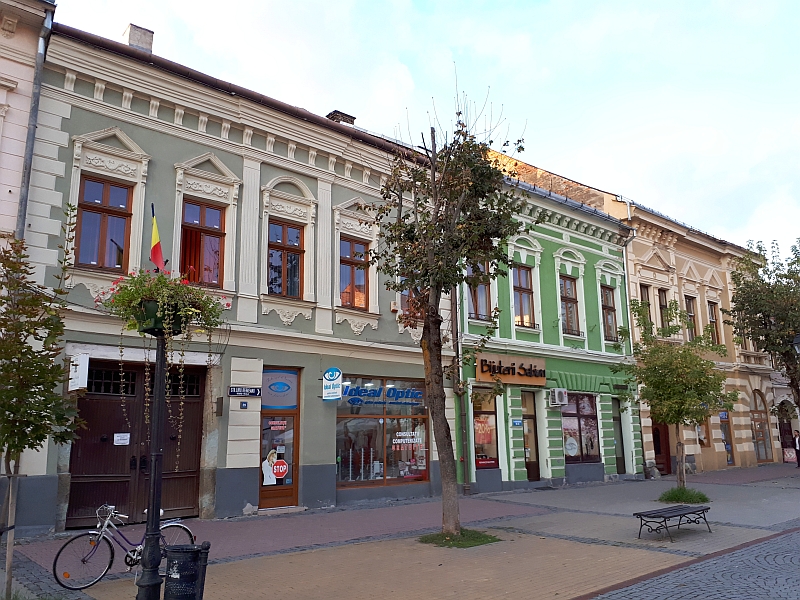
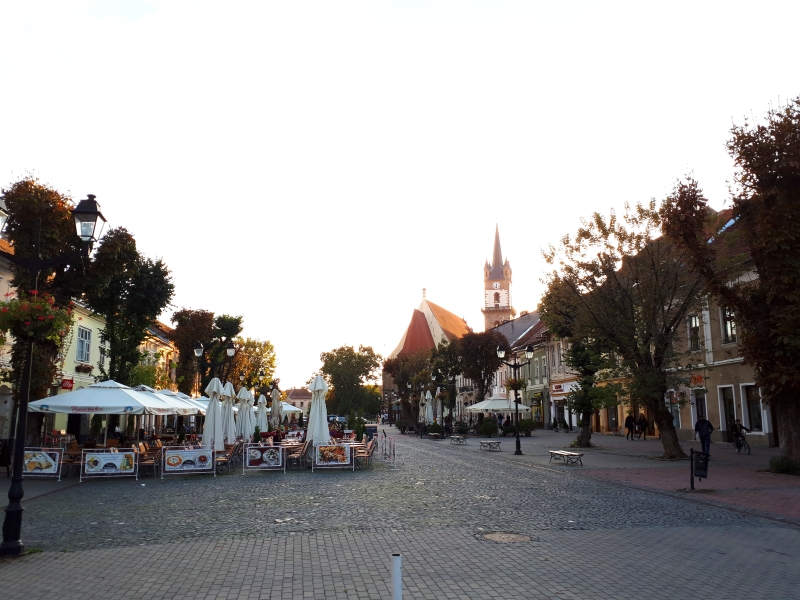
Here are some photos from a trip in the County of Bistriţa-Năsăud, home for wild landscapes and a unique mixture of people. My journey started with a visit to Colibiţa Lake, known as the place with the purest air in Romania.

The omnipresent feeling is that you are in a complete wilderness…
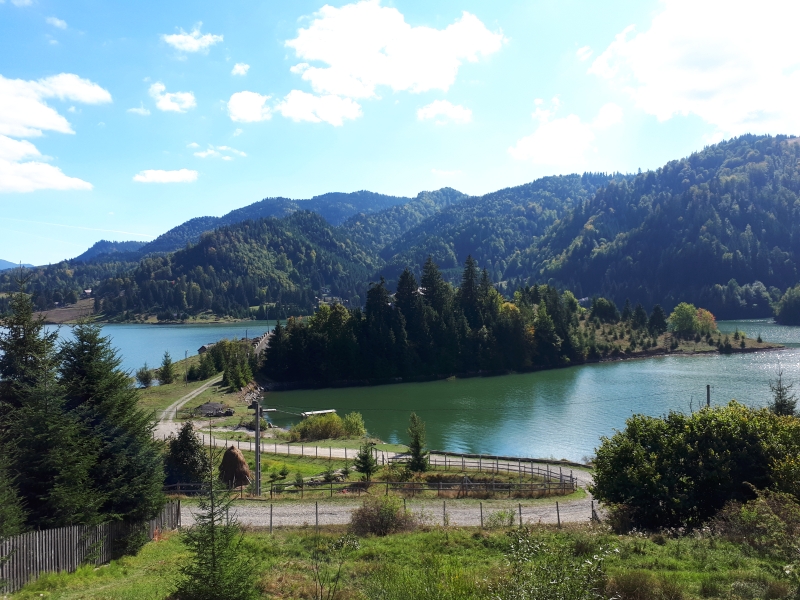
The lake was artificially created by constructing a dam. It is the main source of water for many communities along the Bistriţa River, including Bistriţa City.
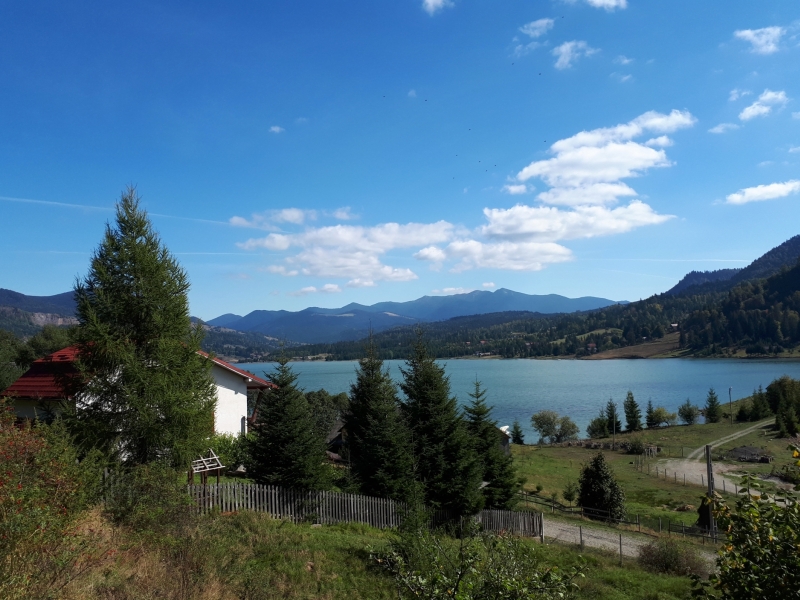
It is also an idyllic place…
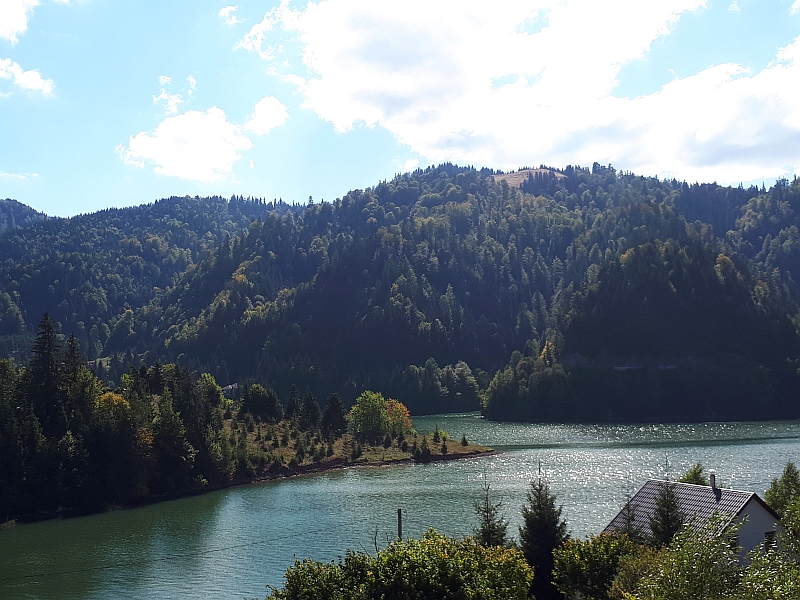
And an important touristic sight in the Bârgău Mountains.
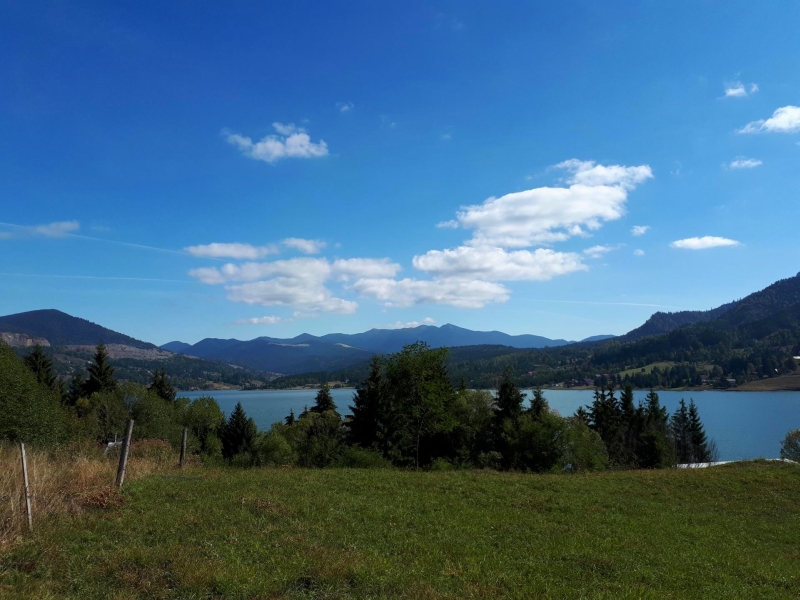
From Colibiţa I went to the Tihuţa Pass, one of the main passages in the Carpathian Mountains and an important link between Transylvania and Moldavia.
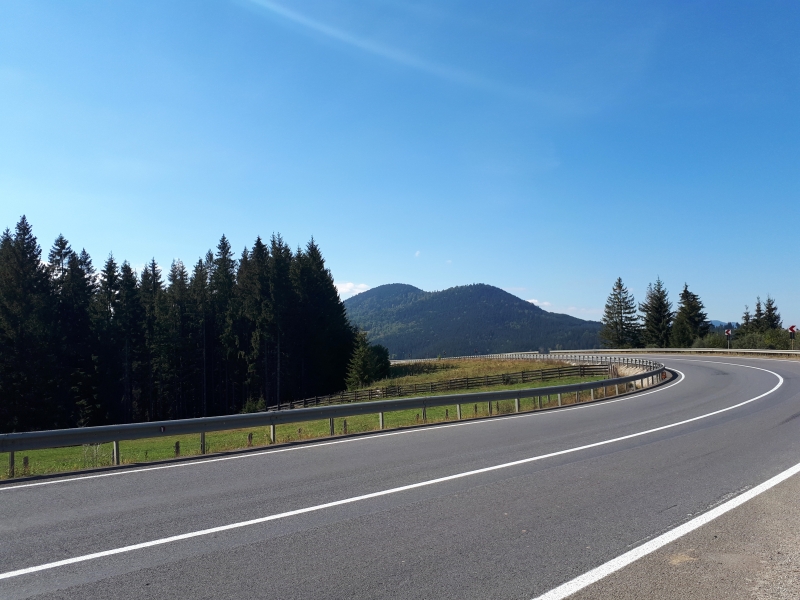
The Tihuţa Pass, also called the Bârgău Pass, reaches 1201 meters in altitude.
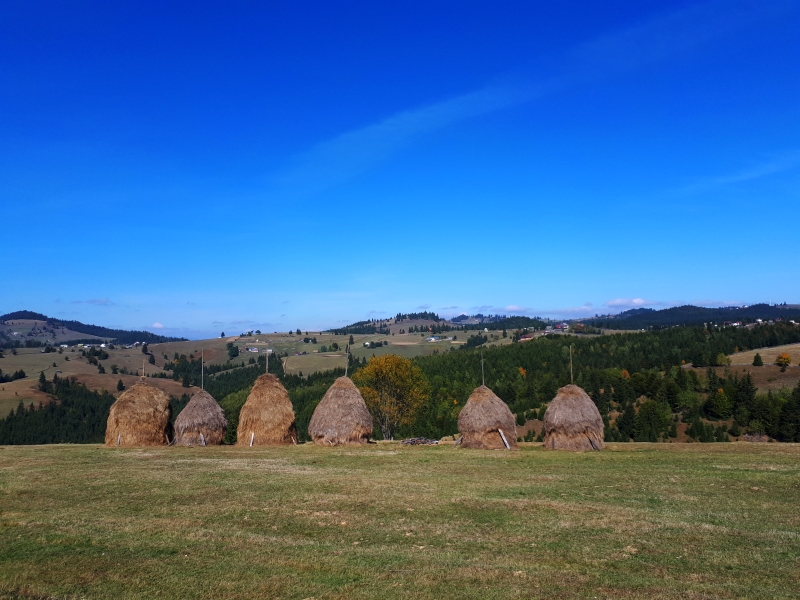
In the Pass there is a Castle built as an attraction for tourists (they say that the pass is the gateway to the realm of Count Dracula, according to Bram Stoker’s novel). It is also home for a monastery.
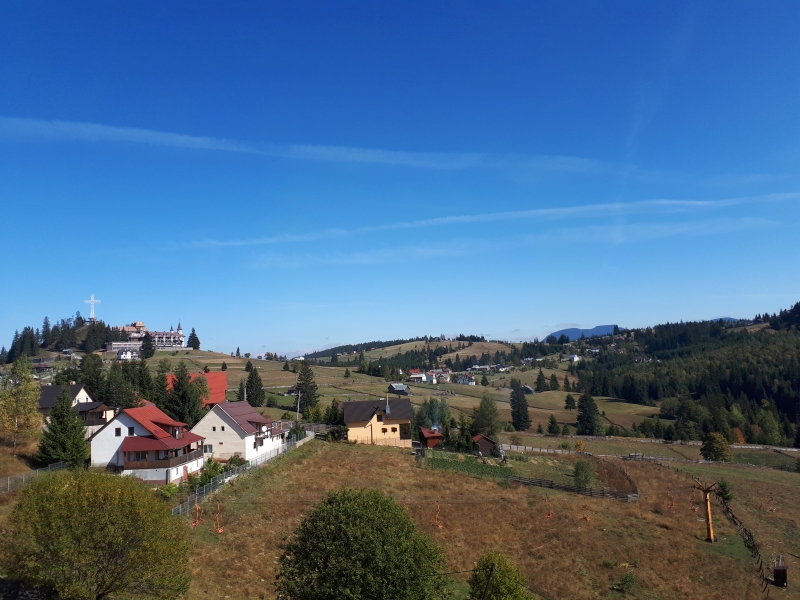
The general impression is the one of a high plateau.
